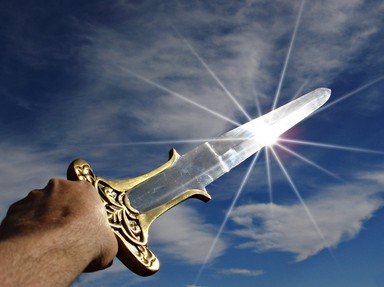
"I"dentify The War Trivia Quiz
Brought to you by the letter "I", your duty is to match the name of the battle with the war in which it was fought. Dates have been included to provide assistance. Now go out there and identify the war!
A matching quiz
by ponycargirl.
Estimated time: 3 mins.